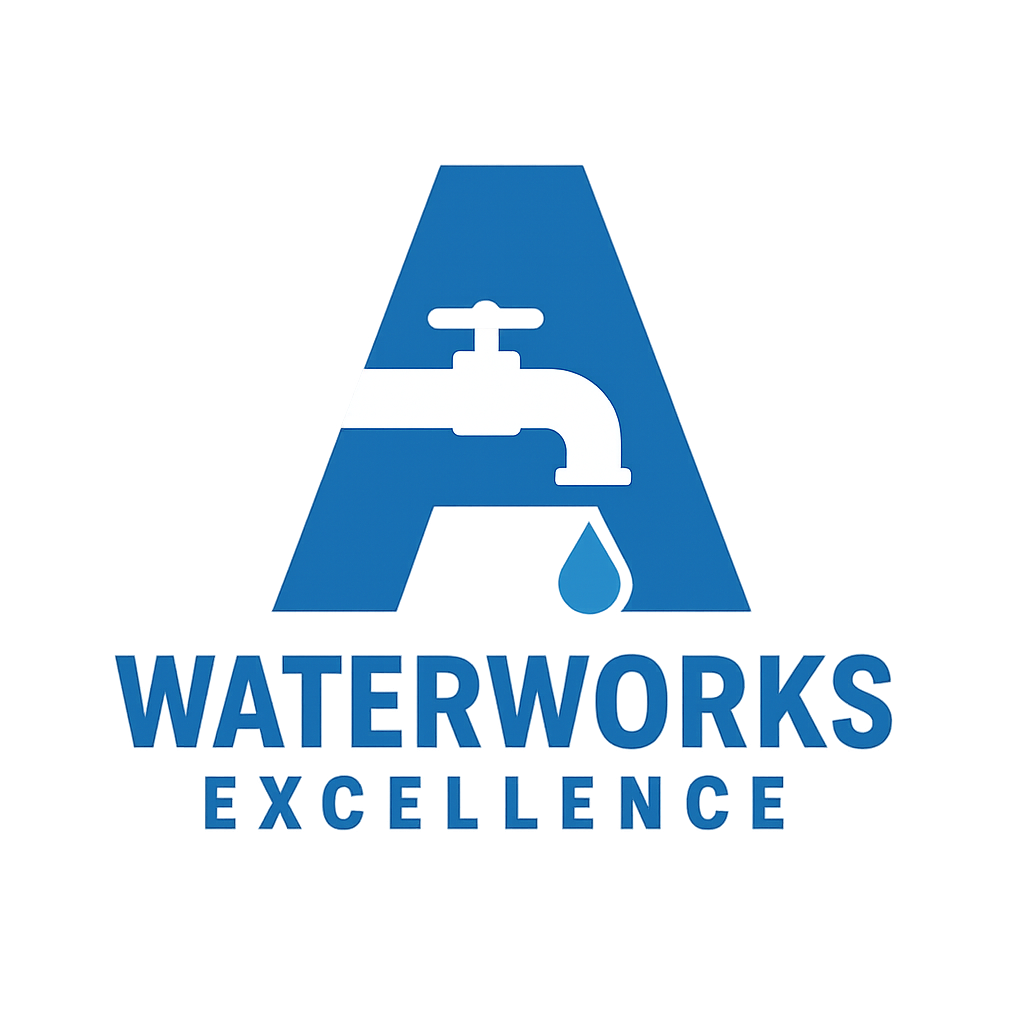
Aesthetics
Secondary contaminants, or “aesthetics” of water quality, are important because the taste, odor, color, and other aesthetic conditions are usually the most noticeable and unpleasant for consumers. If tap water tastes bad, smells bad, or is discolored, consumers may be less trusting of the water system and be more likely to purchase costly bottled water, even if the water is perfectly safe in terms of human health.*
Aesthetics grades are based on the EPA’s National Secondary Drinking Water Regulations (NSDWRs). The secondary drinking water regulations set non-mandatory water quality standards for 15 contaminants, which are not enforced by EPA and state regulators, except for fluoride. The “secondary maximum contaminant levels” (SMCLs) are established as guidelines to assist public water systems in managing their water supply for aesthetics. We included contaminants such as iron, manganese, hardness, and alkalinity, with data from DNR.*See for example: Doria, Pidgeon, and Hunter (2009); Teodoro, Zuhlke, and Switzer (2022).
